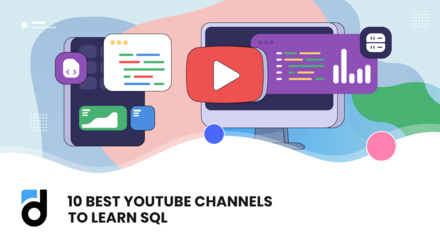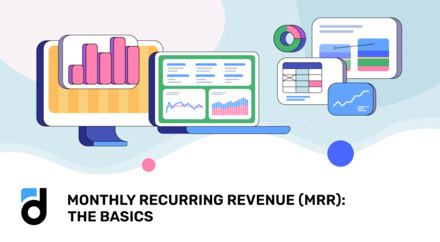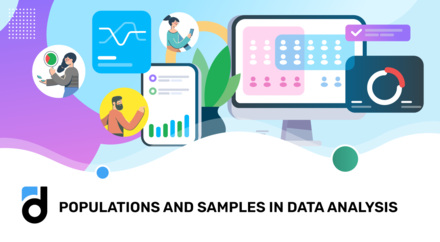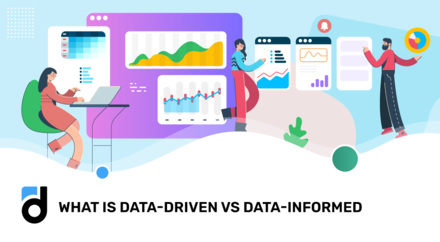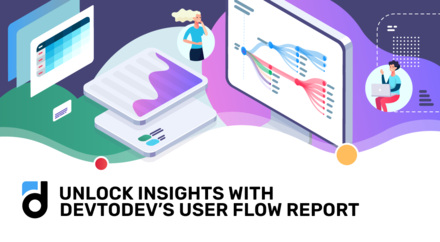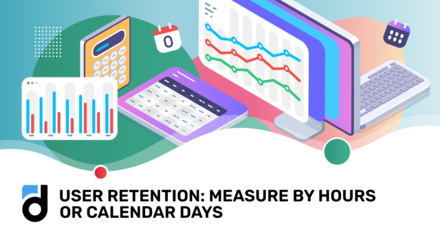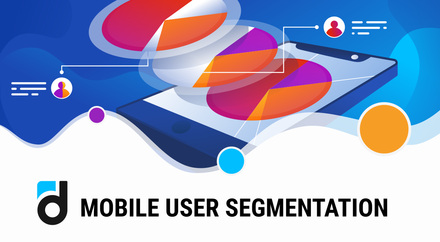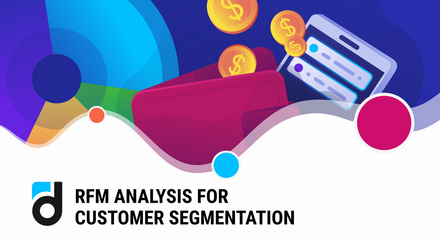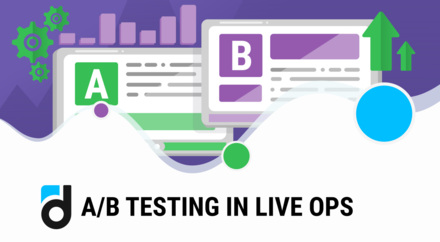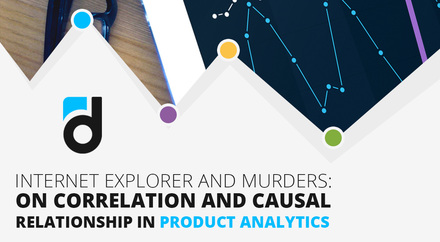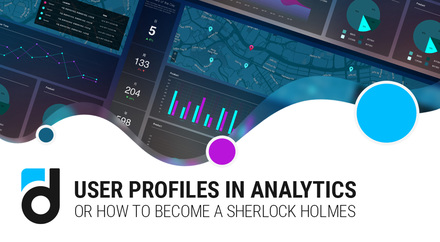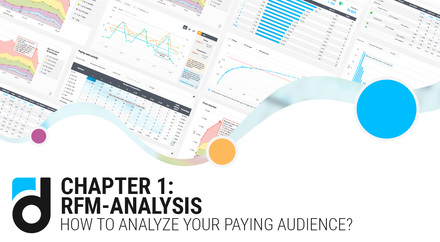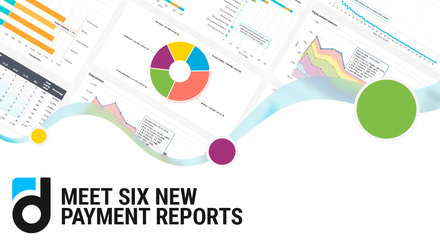The user traffic industry is a lucrative business, but it's also plagued by fraudsters looking to deceive you into purchasing low-quality traffic at high prices. In this article, we'll discuss strategies for buying app or game traffic while safeguarding against scams from dubious traffic providers.
To succeed in this industry, taking full control of your traffic is essential. How can you achieve that? The answer lies in utilizing analytics. Even a basic analysis can help identify sources that supply fraudulent users, allowing you to promptly eliminate them.
Let's explore how you can analyze your paid or sourced traffic effectively.
Read more: Accurate LTV Prediction using Machine Learning Model
Metrics
Metrics serve as a valuable tool for inspecting your traffic. Some metrics can be employed on the first day of paid acquisition (referred to as "instant-action metrics"), while others require sufficient data for evaluation ("delayed-action metrics").
Instant-action metrics are:
-
Tutorial completion
-
Registration conversion rate
-
Install conversion rate
-
Level 1 / Level N completion
-
View N items in the shop or M sections of the website
-
Or any other meaningful action that users can perform on the first day.
Delayed-action metrics are:
-
Retention rate (D1, D2, D7, etc.)
-
Number of sessions per user
-
Purchase conversion rate
-
N day cumulative ARPU
-
N day ROI
-
LTV (LTV > 3CPI)

For these metrics, it's crucial to establish a specific time frame. For instance, as a general guideline, organic users tend to make purchases within the first week. Consequently, you can compare the purchase conversion rates of your organic and paid traffic, or assess the average session numbers and lengths for users from different paid sources or your best-performing traffic. Further benchmarks can be found below.
Read more: How to Integrate an Analytics System into your Game
Target events
To evaluate the quality of acquired users, you can analyze their initial actions—do they complete the desired target actions? Do they engage in other activities that eventually lead to those target actions?
To gain insight into users' behavior during the first day(s) after installing your app or game, create various target events and monitor them using an analytics platform. These actions align with the instant-action metrics mentioned earlier, such as item views, initial purchases, and completion of initial levels. However, any user action can be transformed into a tracked metric, including shop openings, marketing funnel steps, battles with friends, and more.
When analyzing target events, pay close attention to the number of unique users, as fraudulent users tend to repeat their actions (e.g., repeatedly installing the game and completing the first level).
Read more: SQL for Beginners: How to Track First In-App Events

Analytics
Both metrics and target events can be utilized to create cohorts, enabling comparisons between different cohorts and benchmark values.
To analyze sourced traffic, it's essential to establish benchmarks. While these benchmarks are unique to each project, commonly used ones include retention rate, purchase conversion rate, cumulative ARPU, and ROI. Determine specific benchmark values using metrics from organic traffic or reference sources and compare them to the performance of your purchased traffic.
Read more: Best Game Analytics Platform: devtodev vs DeltaDNA

Recommendations on Traffic Acquisition
devtodev recommends you use the following rules if you want to acquire good traffic:
-
Analyze users from each specific campaign individually. Do not assume that a channel that previously provided good traffic will do the same this time. Always analyze traffic sources, not just the channel in general.
-
Exclude "whales" from your analysis. Whales refer to users who spend excessive amounts of money on your product. While there may be few whales in each game or app, they can skew data and make it unreliable. For instance, a particular traffic source may appear favorable due to significant revenue contribution. However, by excluding this one whale from the analysis, you may discover that the user source is actually borderline fraudulent.
-
Pay attention to reports from paid traffic providers that may include an "Other" column, accounting for up to 20-30% of users from an unknown source. Ensure you precisely identify the sources used to analyze them effectively.
-
Establish a routine for analyzing acquired users. Consider monitoring specific metrics daily.
-
Diversify your sourced traffic by utilizing multiple providers rather than relying on a single one. Aim for at least two or three providers.
-
Collaborate with verified partners, especially when starting out. You can find a list of verified partners easily accessible on the internet.
This way, the quality of your paid traffic will improve and become more predictable.
Read more: How to Retain Players in Mobile Games
Easy Algorithm for Working with a New Paid Traffic Provider
When partnering with a new provider, follow these steps to assess its worth:
- Slice and dice the traffic.
- Analyze the data.
- Disable ineffective sources while retaining the good ones or discontinue working with the company altogether.
- Integrate the next provider.
By implementing these strategies, you can make informed decisions while purchasing user traffic, safeguarding your business from fraudulent practices and optimizing your success in the industry.




























